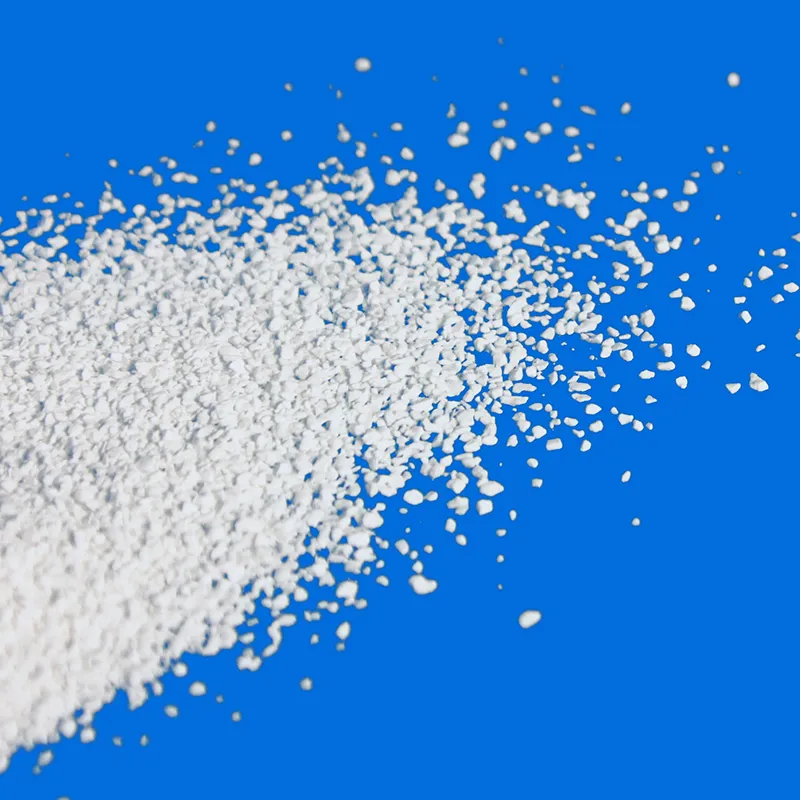
Chemicals Utilized in Mining Processes and Their Environmental Impact Analysis
Chemicals Used in Mining An Overview
Mining is a fundamental industry that provides essential raw materials for various sectors, including construction, technology, and manufacturing. However, the extraction of minerals and ores often involves the use of various chemicals, some of which may pose significant environmental and health risks. This article will provide a comprehensive overview of the chemicals commonly used in mining, their purposes, and the implications for the environment and public health.
1. Role of Chemicals in Mining
Chemicals play a crucial role in several stages of the mining process, from exploration to ore processing and waste management. They are employed for various purposes, including
- Exploration and Drilling Before any digging begins, mining companies use chemicals for geological surveys. For instance, acids like hydrochloric acid can assist in analyzing rock samples and determining the composition of minerals.
- Extraction of Minerals Once a deposit is established, miners utilize chemicals to help extract valuable minerals. For example, cyanide is commonly used in gold mining to leach gold from ore by forming a soluble complex.
- Flotation Agents In the processing of certain ores, flotation agents are used to enhance the separation of valuable minerals from gangue or waste material. Common flotation reagents include xanthates and frothers, which aid in forming a froth that captures the targeted minerals.
- Acids and Bases Various acids (like sulfuric acid) are used in leaching processes to dissolve metals from ores. Conversely, bases may be utilized to neutralize the acidic solutions resulting from mineral processing.
2. Specific Chemicals and Their Applications
- Cyanides As mentioned, cyanides are extensively used in gold mining. While effective, they are highly toxic and can pose serious environmental risks if not handled properly. Spills or leaks can contaminate surrounding water sources, endangering local ecosystems and communities.
- Acids Sulfuric acid is another critical chemical in mining, especially for copper extraction through a process called bioleaching. While it efficiently dissolves copper from ore, it can lead to acid mine drainage, a severe environmental issue where toxic metals leach into nearby water bodies.
- Mercury Historically, mercury was widely used in small-scale gold mining due to its ability to bind with gold particles. However, its use is increasingly banned or restricted due to its severe health impacts, including neurological damage.
chemicals used in mining

- Flotation Chemicals Xanthates and other collectors are essential for the extraction of minerals like copper, lead, and zinc. Although effective, these chemicals can have toxic effects on aquatic life and may require careful management to mitigate their environmental impact.
3. Environmental and Health Impacts
The use of chemicals in mining poses several challenges. One of the primary concerns is their potential to contaminate soil and water sources. For instance, acid mine drainage can lower the pH of streams and rivers, harming aquatic life and making water unsafe for consumption or irrigation.
Moreover, exposure to toxic chemicals—such as cyanides and heavy metals—can result in severe health issues for miners and local communities. Prolonged exposure may lead to respiratory problems, skin conditions, and even cancers.
4. Mitigation and Best Practices
To address these challenges, the mining industry must adopt best practices to minimize chemical use and manage waste effectively. Some strategies include
- Closed-loop Systems Implementing closed-loop systems can help reduce the discharge of chemicals into the environment by recycling water and chemicals in the mining process.
- Alternative Methods Researching and utilizing greener alternatives to harmful chemicals, such as biodegradable flotation agents, can help mitigate environmental impacts.
- Monitoring and Regulation Strict monitoring of chemical usage, as well as adherence to regulations by governmental agencies, is crucial to ensure that mining activities do not compromise environmental and public health.
Conclusion
Chemicals are an integral part of mining operations, enabling the extraction and processing of valuable materials. However, with their benefits come significant environmental and health risks. Finding a balance between effective mining practices and sustainability is essential for the well-being of the planet and its inhabitants. By embracing innovative technologies and responsible chemical management, the mining industry can work towards a more sustainable future.
-
Understanding Synthetic Rubber OptionsNewsApr.27,2025
-
Trichloroisocyanuric Acid: Essential for Clean and Safe WaterNewsApr.27,2025
-
Sodium Dichloroisocyanurate: Key to Safe Water TreatmentNewsApr.27,2025
-
Sodium Acid Pyrophosphate: Essential in Modern Food ProcessingNewsApr.27,2025
-
Essential Water Treatment ChemicalsNewsApr.27,2025
-
Denatured Alcohol and Its Industrial UsesNewsApr.27,2025
-
The Versatile Uses of Sodium BicarbonateNewsApr.24,2025
Hebei Tenger Chemical Technology Co., Ltd. focuses on the chemical industry and is committed to the export service of chemical raw materials.
-

view more DiethanolisopropanolamineIn the ever-growing field of chemical solutions, diethanolisopropanolamine (DEIPA) stands out as a versatile and important compound. Due to its unique chemical structure and properties, DEIPA is of interest to various industries including construction, personal care, and agriculture. -

view more TriisopropanolamineTriisopropanolamine (TIPA) alkanol amine substance, is a kind of alcohol amine compound with amino and alcohol hydroxyl, and because of its molecules contains both amino and hydroxyl. -

view more Tetramethyl Thiuram DisulfideTetramethyl thiuram disulfide, also known as TMTD, is a white to light-yellow powder with a distinct sulfur-like odor. It is soluble in organic solvents such as benzene, acetone, and ethyl acetate, making it highly versatile for use in different formulations. TMTD is known for its excellent vulcanization acceleration properties, which makes it a key ingredient in the production of rubber products. Additionally, it acts as an effective fungicide and bactericide, making it valuable in agricultural applications. Its high purity and stability ensure consistent performance, making it a preferred choice for manufacturers across various industries.











